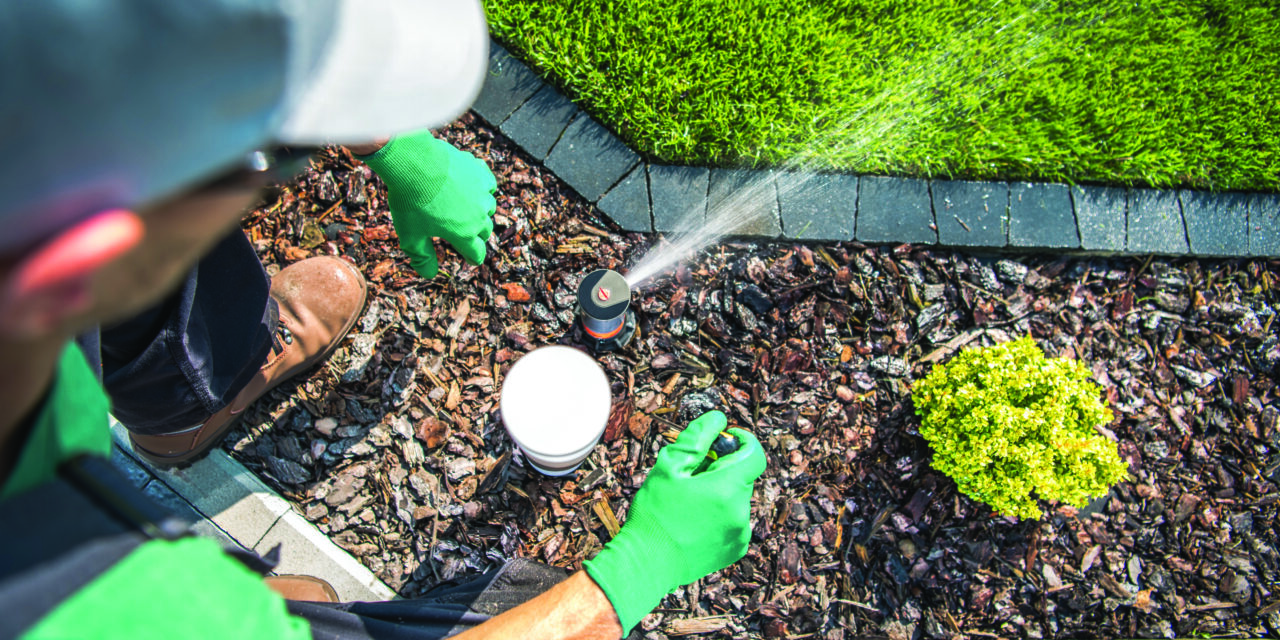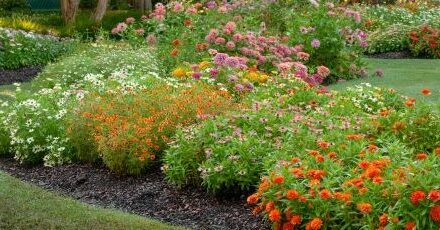It is once again time for a reminder to explore best lawn care practices. Shohn Rodgers, Assistant Director of Parks and Planning, said the City’s irrigation protocols are unique to particular areas.
“Different species of turf grass have different needs. It can be as simple as knowing the type of grass you have and watering accordingly,” he said.
You should water only as much as you need. Rodgers said plants need the right amount of water to stay healthy. “The problem is overwatering and underwatering look the same – withering,” he explained. Rodgers suggests putting your finger in the soil of a plant to see if it feels damp to give you an idea of whether it’s too wet or too dry.
It is important to check the condition of your sprinklers. This should be done annually to determine if your lawn is being watered evenly and effectively. Homeowners can determine if they are watering too much or wither overly high water pressure by seeing if water is running off into the sidewalk or street rather than being absorbed by grass and plants.
Do not forget to mulch grass clippings and leaves. This is an optimal way to both cut down on yard waste and reduce the amount of water needed. Applying mulch helps retain ground moisture and nourishes the soil with nitrogen as the yard breaks down waste.
Finally, do not allow water to sit for an extended period. Standing water should not sit for long periods of time. This can lead to an infestation of mosquitoes and algae. If you are using rain barrels, which effectively utilize rain-water runoff to keep yards nourished, be sure to keep an eye on them.
The Texas A&M Agrilife Extension offers a free tool to help homeowners determine their watering needs. The WaterMyYard program uses local weather data pulled from weather stations and rain gauges, combined with proven methods, and provides customized weekly water advice.
Visit www.watermyyard.org for customized recommendations.





